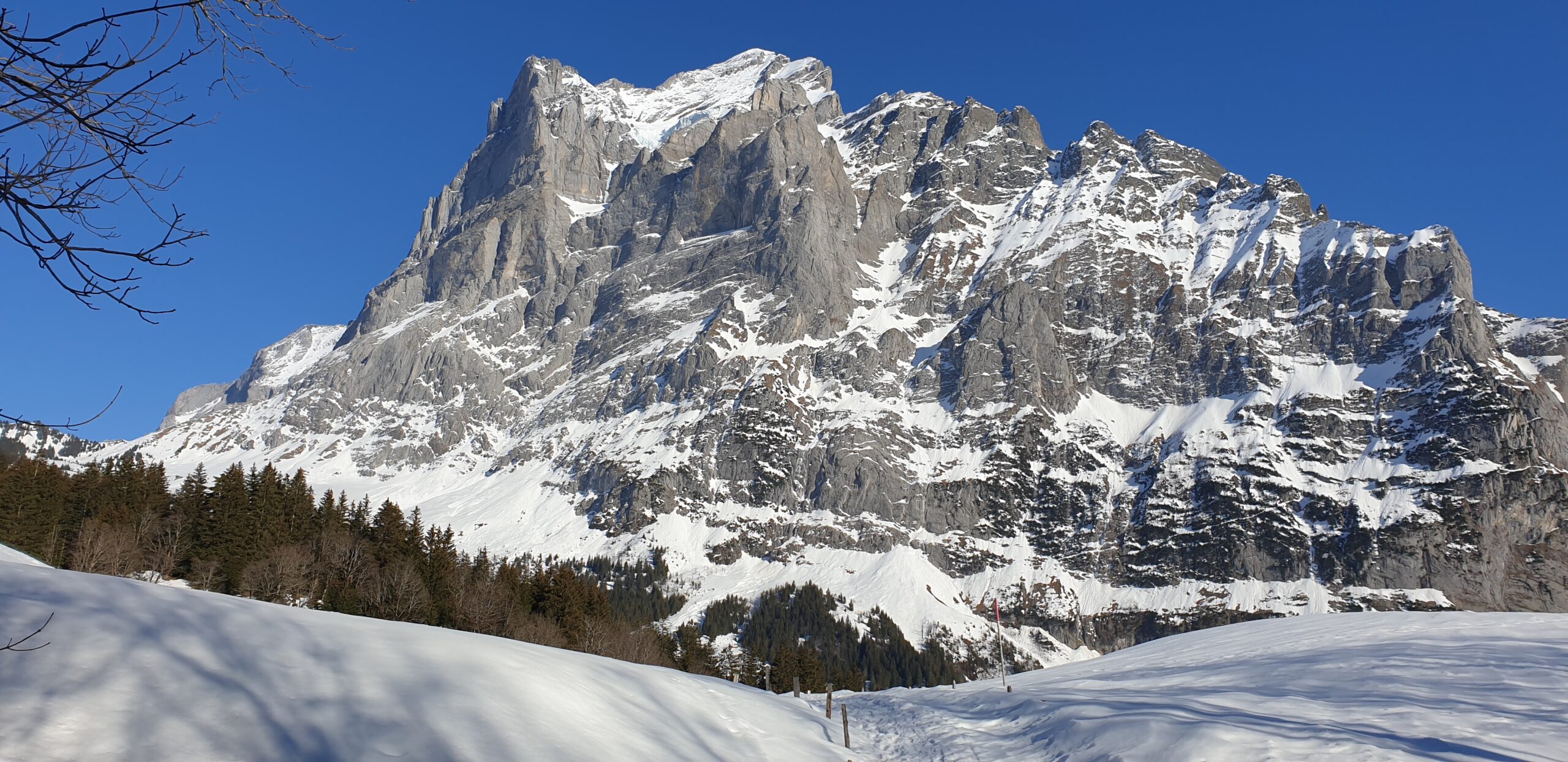Spread out, do not crowd one place, mitigate the impact of visitors. How to enjoy unobstructed views, privacy on a trail, opportunity to really feel and soak up your destination?
Search for trails and routes that are less travelled. Look out for areas that are less “fancy”, at least in certain times of the year. When people line up for a train, cable car, trail entrance, turn around and choose an alternative direction. You will have a much better experience somewhere far from the masses of people marching and pushing around to tick the place off their list.
Sometimes you find yourself specifically preparing for an off-the-beaten track experience, but occasionally you just have to improvise. Do not be afraid to change plans, your new discovery may lead you to something extraordinary, more than you expected before. You will cherish the location and your trip more when you do not spend your time in frustration caused by others trying to get the perfect selfie at a famous spot.
I spent about 6 hours on this trail on the photo, during which time I only met about 3 people at a junction point. Originally, I planned to go up to a famous mountain with a cable car, but then I looked at the number of others trying to do the same. I turned back and I chose a trail I have not heard about before and was not widely advertised, but promised amazing lookout points. And so, I spent my day with breathtaking views of mountains, glaciers, snowy landscapes dotted with traditional wooden huts. No crowds of people stumping around, although the trail was marked and maintained. It had everything to deliver in one of the most famous winter destinations of the country, yet hardly anybody went that direction, because it did not fulfill the “trendy” spot promised by irresponsibly managed destination marketing. Did I lose something important that day? Did it make me feel bad that I missed one of the “unmissable” places in my life? Not a single bit, and I bet I had way better time than those struggling to get a ticket for that cable car.
Besides a personally more enjoyable time, there are other very important aspects of choosing an alternative route. It cannot be emphasized enough how important it is to consider the natural environment when we travel. Everything is connected therefore to allow ecosystems to regenerate and exist in abundance with less disruption, is eventually a step towards our own healthy life as well. But they cannot do this unless they have the time and space to renew themselves. Less people in one place also means less hygienic and health issues for people, which will also gain more and more importance in our lives. Additionally, how would anybody be able to immerse in the heritage and traditions of an area without actually being able to connect to it?
So as an independent traveller we all play a role in assisting a destination to remain healthy, and authentic. As travel professionals it is our responsibility to advise travellers about alternatives and educate them about the impact of their choice. This all of course cannot work without responsibly built strategies for destination management. A systematic approach is needed to tackle the issue of overcrowding at a popular place. Creating diverse action plans how to keep the destination manageable is a never-ending process. Although it takes time and unorthodox thinking, it is feasible and a must in the long run. Know your area and learn about it every day. Map it. Have all alternative routes in your knowledge base. Find out what they offer and what their challenges are. Build up a plan how to market them by highlighting their values, their accessibility, the experiences and memories they can provide. Explain why these less- known paths are equally interesting, safe and beautiful than the “big names”. Educate the visitors what do they win when visiting those more hidden places. Ease the concept of “missing out” by equally advocating for the incomparable beauty of the different parts of your destination. Providing adequate number of alternatives will alleviate the crowds. And a destination’s fear of not making enough revenue by offering people to do something else than the main sight is a matter of responsible and sustainable management approach. If this is ever the case in your area, please consider what responsible means, than start again.
There is a lot to do for all stakeholders in a destination, but this is what makes the essence of the work. Enable people to explore what your destination truly means.
Beáta

